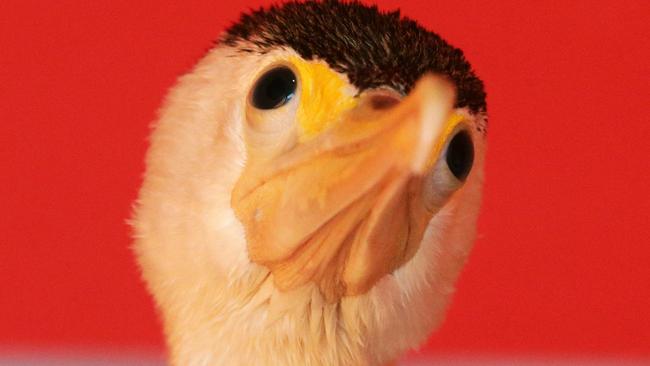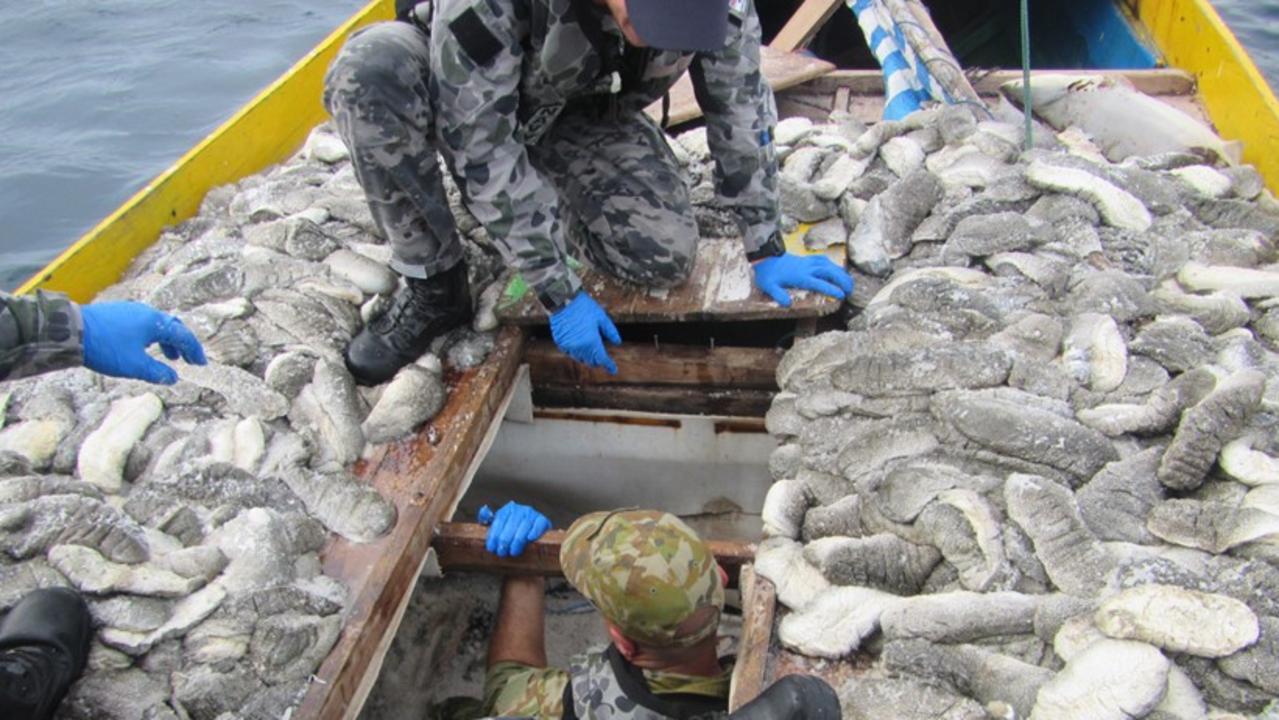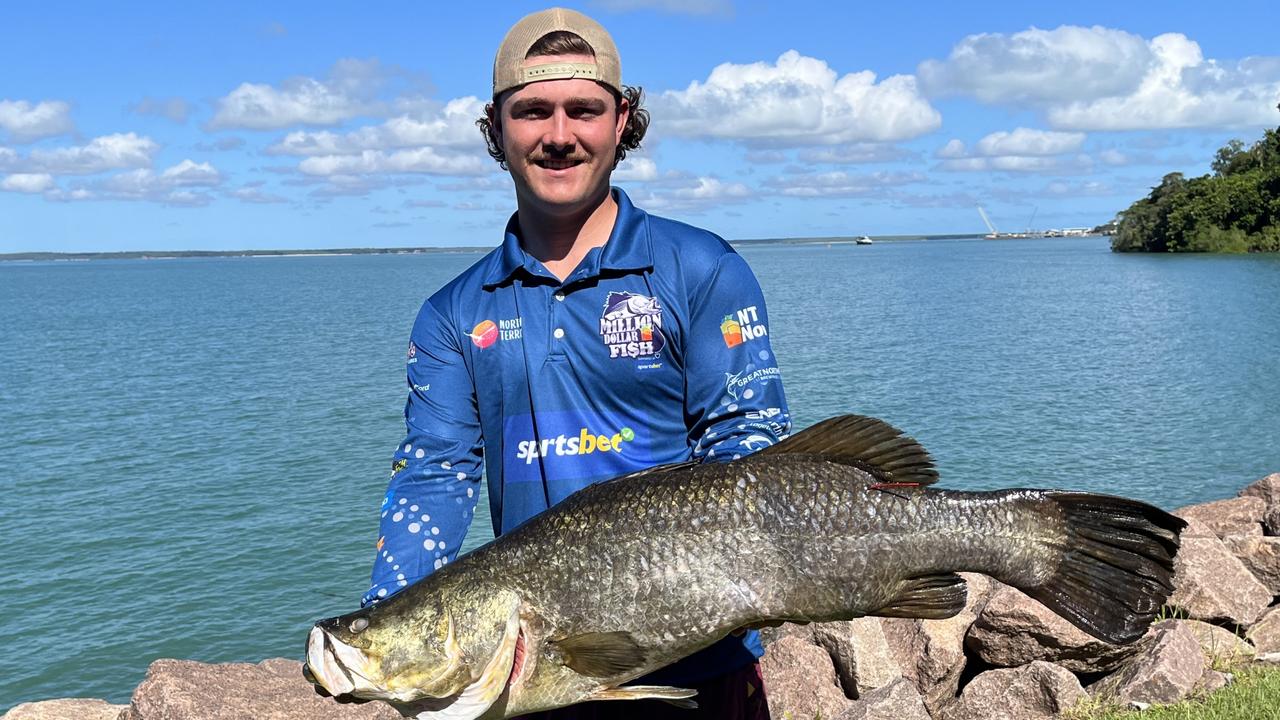‘Pinkies’ get green light in protecting seabirds
Warp deflectors, commonly known as “pinkies”, have been proven effective in reducing seabird interactions with trawl warp wires by 75 per cent.

Fishing
Don't miss out on the headlines from Fishing. Followed categories will be added to My News.
Warp deflectors, commonly known as “pinkies”, have been proven effective in reducing seabird interactions with trawl warp wires by 75 per cent.
The revelation is contained in a report by the Australian Fisheries Management Authority titled, Assessing the Effectiveness of Seabird Miti-gation Devices in the Southern and Eastern Scalefish and Shark Fishery of Australia.
The report examined the effectiveness over a two-year period of two devices in reducing seabird interactions with trawl warp wires: warp deflectors (pinkies) – a plastic “pinkie” buoy that is attached to the trawl warp by a clip and connected back to the vessel on a rope – and warp scarers – a rope interlaced with semi-stiff streamers that is clipped onto the trawl warp.
Nine trawl boats participated in the trial in the Great Australian Bight and Commonwealth Trawl Sectors of the Southern and Eastern Scalefish and Shark Fishery.
A total of 124 trawl shots were observed to assess how well the mitigation devices worked. The trial was conducted in areas of high seabird concentration to ensure there was robust information on the effectiveness of each device.
Results from the trial showed that pinkies were most effective at reducing seabird interactions with warp wires while warp scarers had only limited success.
The trial also highlighted when seabirds were not at risk. No seabirds were observed interacting with the net itself because the net sinks rapidly and doesn’t spend much time on the surface.
Only two heavy seabird interactions occurred at night, suggesting that trawling outside of daylight hours reduces the likelihood of seabird interactions compared to trawling during the day.


